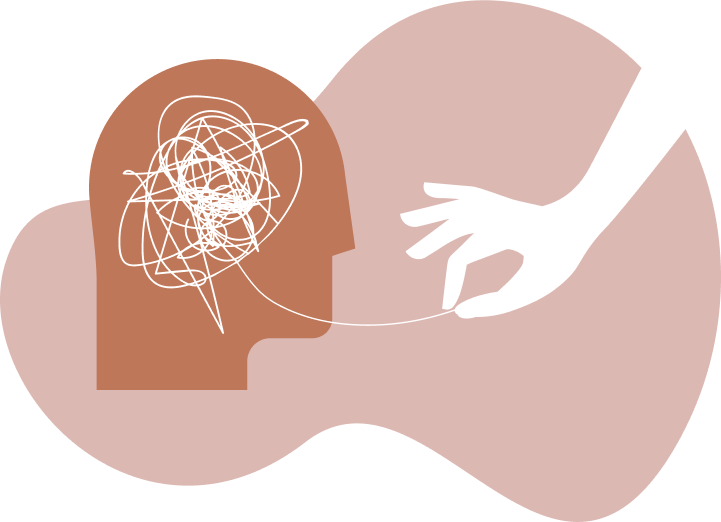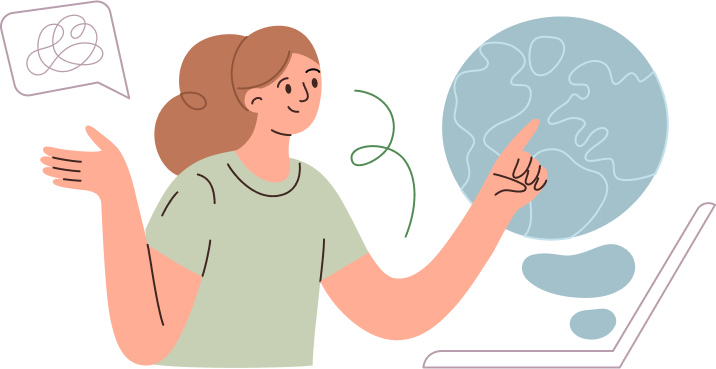Simple relaxation techniques you can practice at work and at home: Find your calm
In today’s fast-paced world, stress has become an unavoidable part of life. Whether you’re dealing with deadlines at work or managing a busy household, finding moments of calm is essential for both mental and physical well-being. Fortunately, a variety of simple relaxation techniques can be easily incorporated into your daily routine, helping you find balance amidst the chaos.
What are relaxation techniques?
Relaxation techniques are powerful tools designed to help manage stress and anxiety while fostering emotional resilience. These methods are versatile and can be practiced anywhere, anytime. They are more than just quick fixes—they are essential components of a holistic approach to well-being. When practiced consistently, relaxation techniques can lower blood pressure, ease muscle tension, and cultivate a lasting sense of calm.
The benefits of relaxation techniques
Incorporating relaxation techniques into your daily life has far-reaching benefits. These methods help you regain control over stress and promote emotional balance. Beyond mental well-being, relaxation techniques contribute to better physical health by improving sleep quality, reducing muscle pain, and alleviating chronic discomfort. Regular practice can also increase overall happiness, fostering a more positive and fulfilling quality of life. Whether you’re dealing with everyday stress or managing long-term health challenges, relaxation techniques can offer a reliable pathway to inner peace and improved well-being.
Types of relaxation techniques
Breathing exercises
Breathing exercises, such as diaphragmatic breathing (also known as belly breathing), are among the simplest yet most effective relaxation techniques. Deep breathing calms the mind and relaxes the body by reducing the release of stress hormones. It involves taking slow, deep breaths that fully expand the lungs, allowing the lower belly to rise. This technique is highly accessible—you can practice it anywhere, anytime—to quickly alleviate stress and restore a sense of tranquility.
Progressive muscle relaxation (PMR)
Progressive Muscle Relaxation (PMR) is a technique that involves systematically tensing and relaxing different muscle groups throughout the body. By consciously releasing tension, you can achieve a state of deep relaxation. PMR is particularly effective in reducing stress-related muscle tightness. Whether you’re at your desk, commuting, or winding down at home, PMR helps release physical tension and promotes a sense of calm.
Mindfulness Meditation
Mindfulness meditation involves focusing your attention on the present moment without judgment. By cultivating awareness of your thoughts, feelings, and physical sensations, this practice reduces stress and anxiety while promoting relaxation. Mindfulness can be easily integrated into your daily routine—even a few minutes a day can enhance focus and emotional resilience. Simply concentrate on your breathing and allow distracting thoughts to pass without judgment.
Other Relaxation Techniques
Beyond these core methods, several other techniques can further enhance your relaxation practice:
-
Guided Imagery: Visualizing peaceful scenes, such as ocean waves or a warm sunrise, to create a sense of calm.
-
Body Scan Meditation: Focusing on different areas of the body, noticing tension, and consciously releasing it.
-
Tai Chi and Yoga: Combining physical movement with mindfulness to reduce stress and improve flexibility.
-
Listening to Soothing Music: Using calming sounds to relax the mind and body.
-
Self-Massage: Applying gentle pressure to release muscle tension and promote relaxation.
Tips for starting a relaxation practice
Creating a calm space
Having a dedicated quiet space for relaxation can enhance its effectiveness. Find a spot where you won’t be disturbedwhether it’s a corner of your bedroom, a peaceful office space, or a spot in nature. Making this a regular retreat for relaxation practice can help establish a consistent and calming routine.
Practicing for a few minutes a day
Consistency is key when it comes to relaxation. Start by practicing your chosen techniques for just a few minutes each day and gradually increase the duration as you become more comfortable. Even a few moments of relaxation daily can make a significant difference in managing stress and improving well-being.
Integrating relaxation techniques into daily life
Practicing at work and at home
The true power of relaxation techniques lies in their ability to be seamlessly integrated into your daily life. Use them to take short breaks throughout the day—a quick breathing exercise at your desk, a mindful walk during lunch, or a few moments of meditation before bed. Making relaxation a habit can help you manage stress effectively and create a more balanced and peaceful life.
By incorporating these simple relaxation techniques into your routine, you can enhance your well-being and cultivate a sense of calm in both work and home environments. Regular practice is key just a few minutes a day can make a meaningful difference.
Tags:







